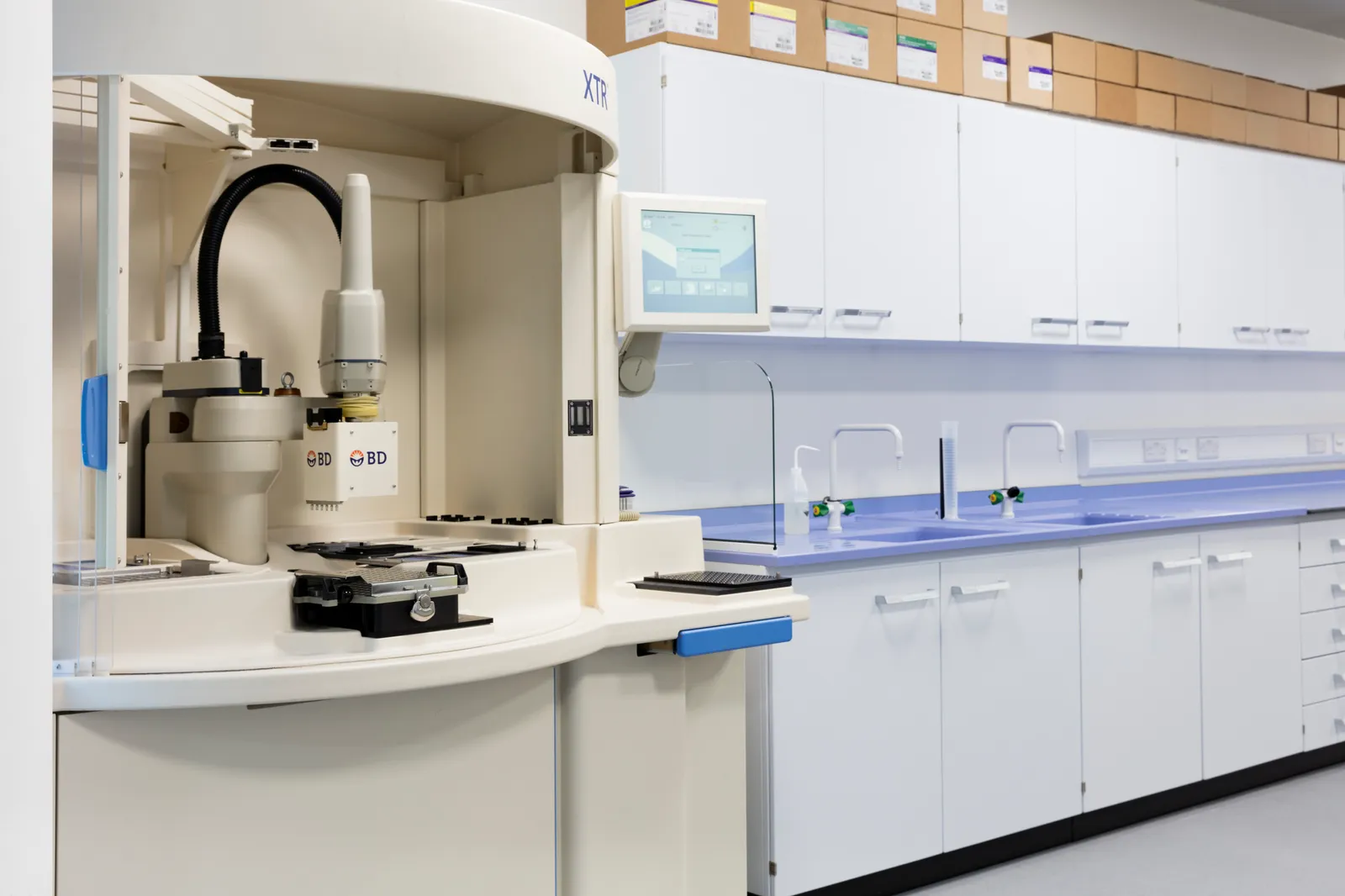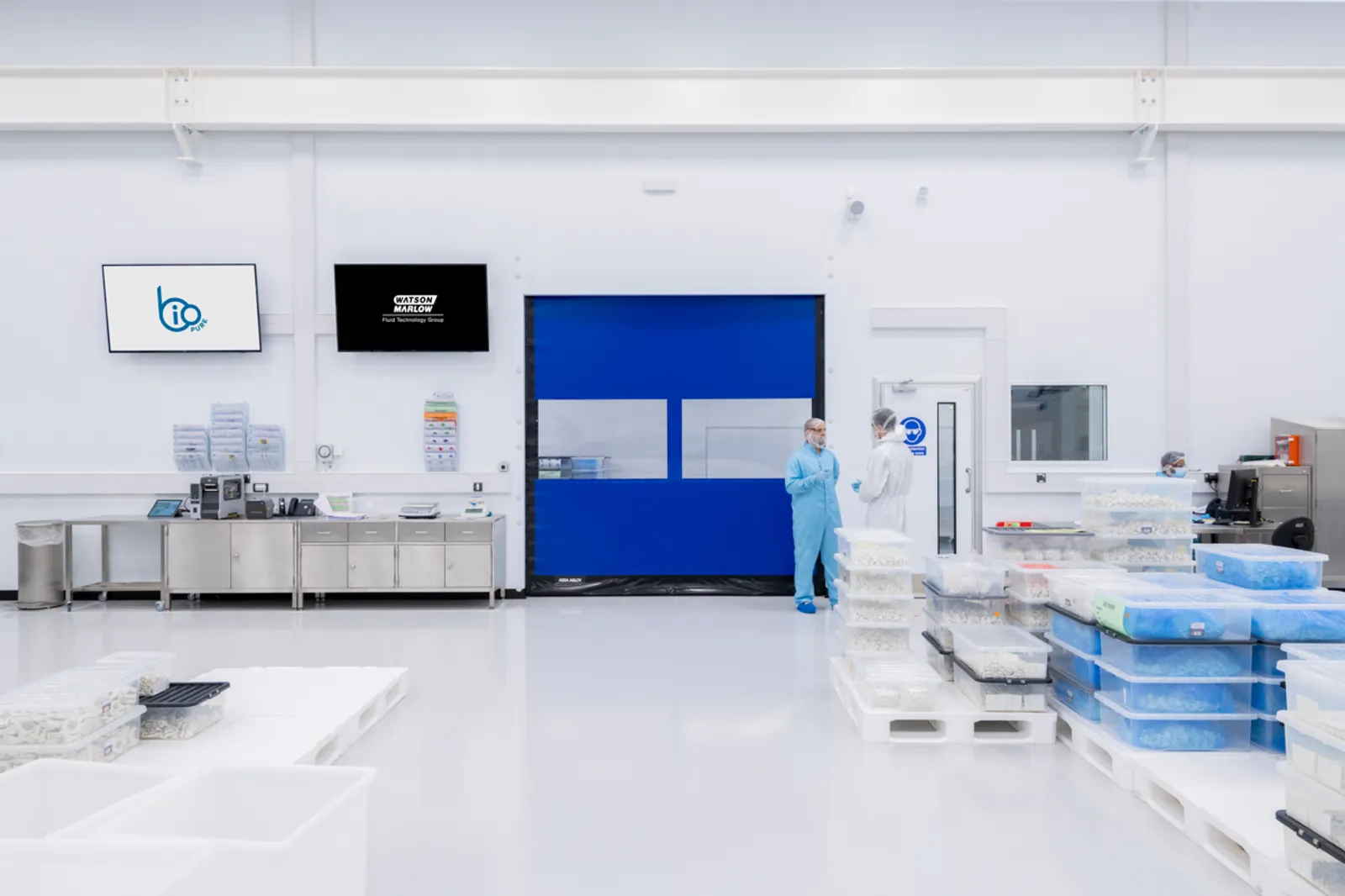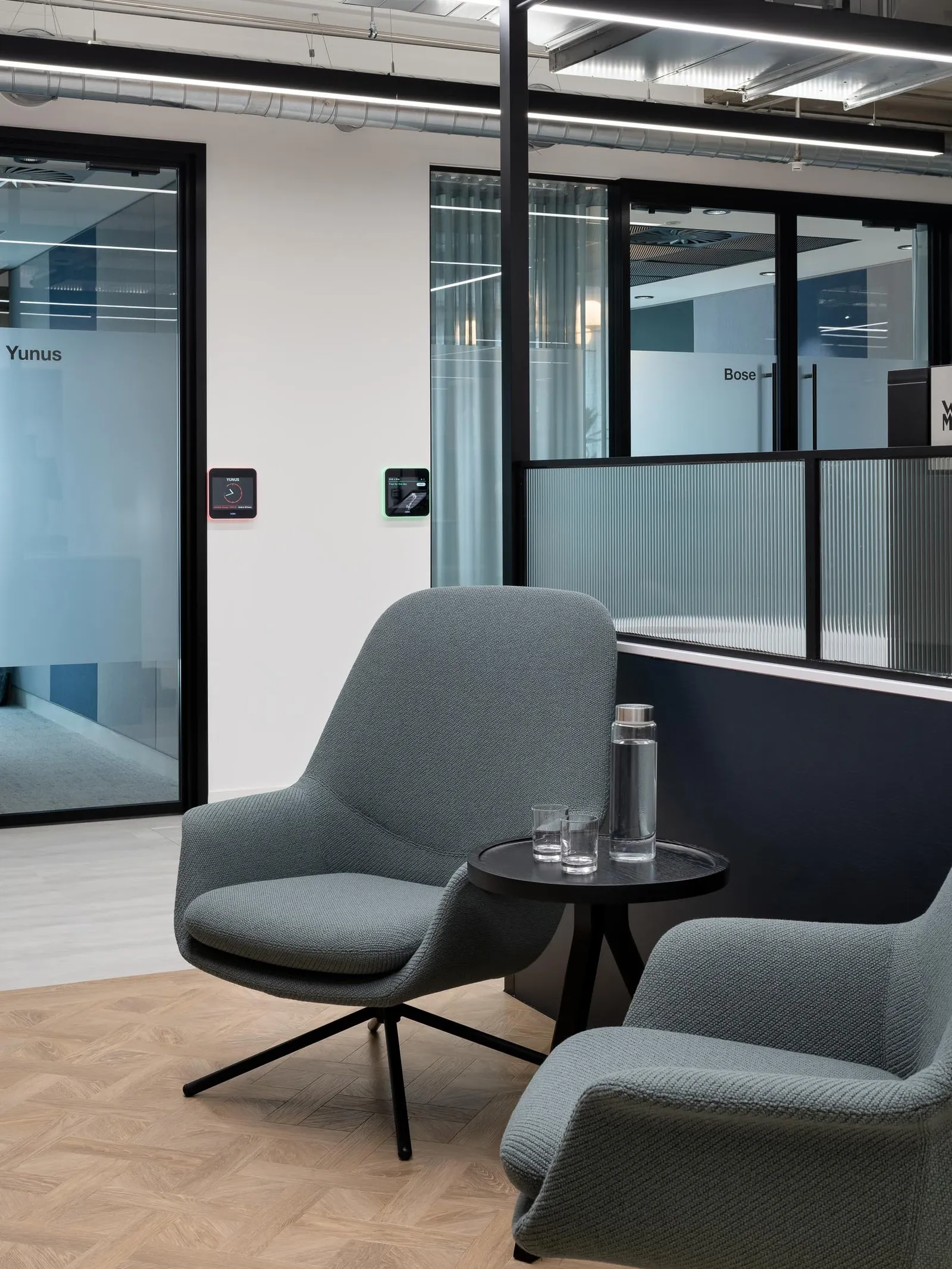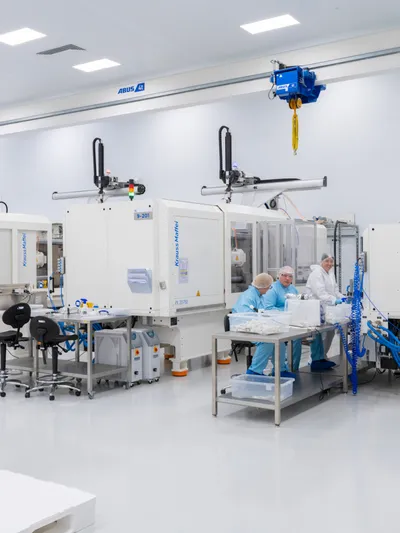Research and Development (R&D) laboratories are the innovation engines behind new products, technologies, and scientific breakthroughs across a wide range of industries, from pharmaceuticals and materials science to electronics, aerospace, and consumer goods.
These labs are purpose-built environments where researchers, scientists, and engineers can carry out their work, conducting controlled experiments, developing prototypes, and testing. Designing R&D labs requires a careful balance between precision, flexibility, safety, and future scalability.
In this blog, we explore what R&D labs are and answer common questions surrounding their design, functionality, and purpose.
What Is an R&D Lab?
An R&D lab is a specialised facility designed to support the development of new knowledge, technologies, and products. However, the sector in which the lab operates determines how it is constructed. A Research and Development lab in the mechanical engineering industry will be quite different to one in electronics, software prototyping or chemistry.
While the specifics differ, the central purpose remains the same: to foster innovation through experimentation, testing, and refinement.
Activities might include stress testing new materials, creating early-stage product prototypes, performing chemical analysis, or developing novel manufacturing processes. To accommodate such a diverse range of activities, R&D labs must be equipped with highly adaptable infrastructures and technologies.
Key Components of R&D Labs
1. Experimentation and Prototyping Zones
R&D labs are likely to contain separate areas for theoretical and hands-on experimentation.
Experimental zones often include benches, fume hoods (if chemicals are in use), and equipment tailored to specific testing needs.
Prototyping zones may include 3D printers, CNC machines, clean benches, or electronics workstations, depending on the nature of the product or research focus.
The most successful R&D labs will ensure that these zones are modular, can be reconfigured with ease, and contain the right tools and equipment to support interdisciplinary collaboration.
2. Instrumentation and Analytical Tools
Because the core of R&D work requires exact measurements and in-depth data analysis, some of the instrumentation and analytical tools you can expect to find include:
Microscopes, spectrometers, or chromatography systems
Environmental chambers for stress and durability testing
Computers and servers for data modelling, CAD software, or simulations
The integration of digital tools, including AI and machine learning platforms, is becoming increasingly prevalent in advanced R&D settings.
3. Utilities and Containment
R&D labs must often manage complex utility systems such as:
Gas lines (nitrogen, argon, CO₂, etc.)
Vacuum systems and compressed air
HEPA-filtered ventilation and climate control for clean zones
Chemical waste handling and hazardous materials storage
Where biological, chemical, or nano-scale research is involved, additional containment systems such as gloveboxes or biosafety cabinets may also be required.

R&D Lab Design Considerations
Designing an R&D laboratory involves synthesising input from architects, engineers, health and safety experts, and the end-users themselves. The design must serve present research requirements while also allowing for evolution as innovation progresses. Key design considerations include:
Flexibility and Adaptability
The pace of innovation is rapid and unpredictable, which makes flexibility a cornerstone of modern R&D lab design. Modular casework, mobile lab furniture, and plug-and-play utility connections make it easier to reconfigure the space as projects change. This also enables labs to accommodate new technologies as they emerge without requiring a complete redesign.
Environmental Control
Regulating the outside environment is crucial in Research and Development laboratories. Temperature, air cleanliness, humidity, and light levels must be adjustable with total precision. Even the slightest fluctuations could affect consistency in testing and analysis, and the validity of experiments. Advanced HVAC systems, HEPA filtration, and zoned climate control allow for precise calibration of indoor conditions.Safety and Compliance
R&D environments may involve hazardous materials, high-voltage equipment, and complex machinery. Safety and regulatory compliance (e.g. under COSHH, HSE guidance, and ISO/IEC standards) is, therefore, of paramount importance. To ensure safety and compliance, labs should include:
Clearly marked emergency exits and signage
Fire suppression systems and chemical spill kits
Eyewash stations and emergency showers
Fume hoods and chemical-resistant surfaces
Sustainability
Sustainability is an increasingly important factor in lab design. Energy-efficient fume hoods, LED lighting, water-saving fixtures, and the use of recycled or low-impact materials can significantly reduce the lab's environmental footprint. Many labs also aim for BREEAM or LEED certification during design and construction.

Common Questions About R&D Labs
What industries use R&D labs?
R&D labs are used across virtually all innovation-driven industries. These include:
Pharmaceutical and biotech (drug development, clinical testing)
Electronics and semiconductors (circuit design, chip prototyping)
Automotive and aerospace (materials testing, performance analysis)
FMCG and food (product formulation, shelf-life testing)
Energy and renewables (battery tech, hydrogen fuel research)
Each industry brings unique requirements that influence the lab's design and fit-out.
How is an R&D lab different from a quality control (QC) lab?
While both are scientific environments, their purposes differ significantly:
R&D labs mainly focus on innovation and discovery. As much of the work conducted in these laboratories is experimental, workflows must be flexible to accommodate changing processes as ideas evolve.
QC labs are focused on consistency and compliance, typically testing finished products against strict parameters. They follow standard operating procedures (SOPs) and regulatory frameworks.
As a result, R&D labs require more flexible infrastructure and collaborative spaces, while QC labs prioritise repeatability, documentation, and regulatory alignment.
How long does it take to design and build an R&D lab?
Timelines vary greatly depending on scale, complexity, and sector. A basic retrofit of an office space into a small innovation lab might take 10–16 weeks. In contrast, a bespoke new-build R&D facility for a high-tech sector could take 9–18 months.
Typical phases include:
Feasibility study and requirements gathering (2–4 weeks)
Concept and detailed design (6–10 weeks)
Planning permission and regulatory review
Construction and installation
Validation, commissioning, and handover
Working with a partner like Area Laboratories helps accelerate the process, especially when managing critical lead times for specialist utilities or equipment.
Design Your R&D Lab with Area Laboratories
R&D laboratories require more than just technical proficiency, they demand a nuanced understanding of how innovation happens. At Area Laboratories, we design and deliver high-performance lab environments that align with your goals, workflows, and compliance needs.
From initial briefing through to final commissioning, our team collaborates closely with your stakeholders to deliver adaptable, efficient, and forward-thinking R&D spaces.
Planning an R&D lab project?
The team at Area specialise in high-quality, bespoke laboratory design.
Get in touch with the experts today to arrange a consultation or explore how we can support your next breakthrough.




